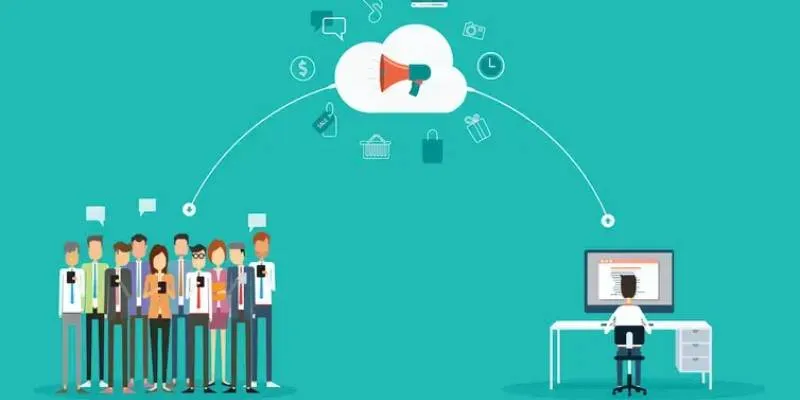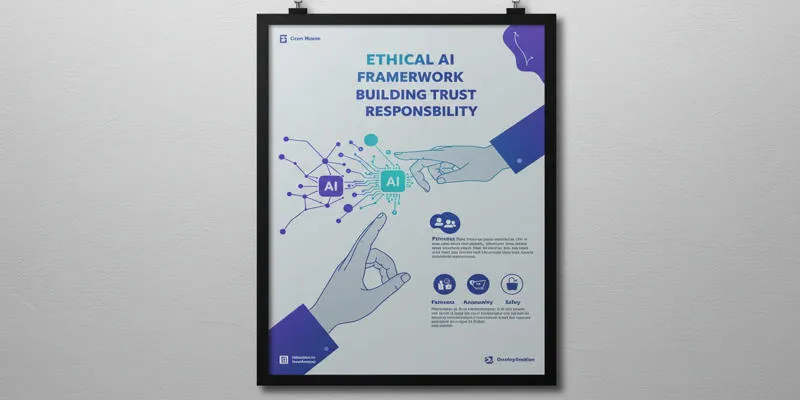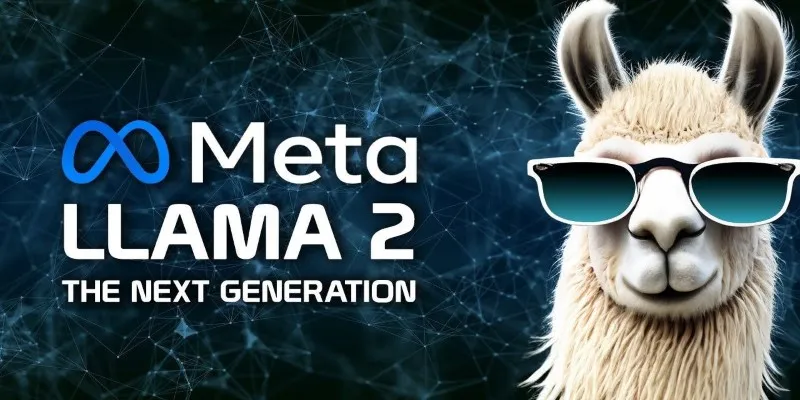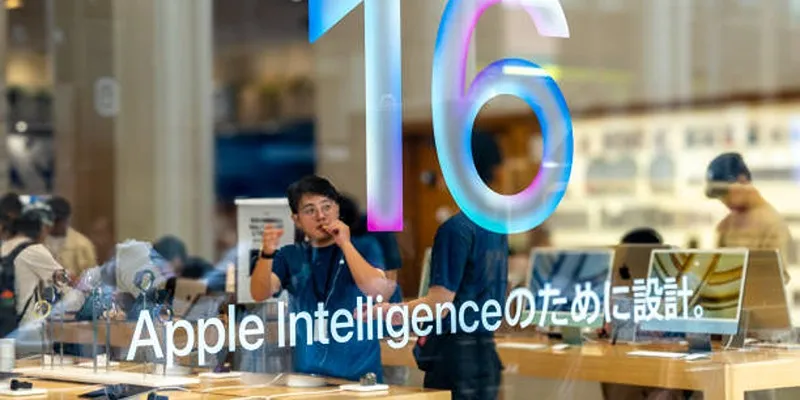Technology continues to advance rapidly, and artificial intelligence (AI) is becoming a part of our daily lives in ways we never imagined. From smartphones to healthcare, education, and agriculture, AI is shaping the modern world. However, there is a harsh reality — not everyone has equal access to this technology.
The Digital Divide refers to the growing gap between those who can easily use AI tools and those who cannot. It goes beyond internet access and involves affordability, education, infrastructure, and language barriers. AI Accessibility Issues reveal how many people, especially in developing regions, are being left further behind.
Understanding The Digital Divide
The Digital Divide has existed since the early internet days, but the rapid growth of AI has made this gap even wider. Today, AI is part of everyday services like banking, healthcare, education, and job searching. For those without access, falling behind is no longer a possibility — it’s a certainty.
AI relies on data, devices, and a stable internet connection. For those in developed cities, these are usually taken for granted. However, these are serious barriers for those in rural or underdeveloped areas. Limited internet connectivity, the expense of devices, and even unreliable electricity stop millions from being able to utilize AI tools.
AI Accessibility Problems typically begin with bad infrastructure. Unfast internet speeds or costly connections keep individuals off the internet. Smartphones, laptops, or tablets are frequently out of reach for many families, particularly in impoverished areas.
Aside from infrastructure, the education gap provides another obstacle. Most schools cannot educate students on basic digital skills. Without digital literacy, individuals cannot effectively use or even trust AI tools. This perpetuates inequality, enabling technology to favor only the elite while keeping others isolated and disadvantaged.
Barriers That Drive AI Accessibility Issues
AI Accessibility Challenges are much more than having a device or internet access. They are influenced by more profound social, economic, and cultural barriers that limit millions of individuals worldwide.

Affordability is one of the most significant challenges. Many AI tools are created with wealthier users in mind. Even when services are labeled as free, users still need reliable internet and costly devices to access them. Subscription fees or paid features often leave out people from lower-income groups, making technology a privilege rather than a basic right.
Language is another major barrier. Most AI platforms are optimized for widely spoken languages like English, Mandarin, or Spanish. This leaves out people who speak regional or indigenous languages, making it difficult for them to interact with AI tools or benefit from their features.
Privacy concerns also limit AI adoption. In many communities, people hesitate to use AI-driven services because they fear misuse of their data. The lack of clear regulations and transparency makes these fears very real.
Additionally, people with disabilities face accessibility hurdles. Many AI tools lack features that cater to users with hearing, vision, or mobility impairments.
Gender inequality further contributes to The Digital Divide. In some regions, women are less likely to access digital devices or online services, reducing their chances of benefiting from AI in education, healthcare, or employment.
The Impact of The Digital Divide
The effects of The Digital Divide go far beyond missing out on new technology. It shapes lives by affecting education, healthcare, jobs, and economic growth.
In education, students without access to AI-powered learning tools often fall behind their classmates. Online education platforms have become an essential part of learning in recent years. However, many students in remote or underdeveloped areas could not take advantage of these tools due to poor infrastructure or lack of devices. As a result, they missed out on valuable learning opportunities, creating a gap that may take years to close.
In healthcare, AI is being used for remote consultations, health monitoring, and diagnosis support. Yet, for people who cannot connect online or afford smart devices, these life-saving services remain out of reach.
Job seekers also suffer. AI platforms that help build resumes, provide interview guidance and connect users to job markets are only helpful if people can access them.
Farmers in developing regions could benefit from AI-driven solutions like weather forecasting or smart farming tools. However, without affordable access, these solutions remain unused.
Businesses without access to AI tools face difficulty staying competitive in a global economy that increasingly relies on automation and smart systems. If left unchecked, AI Accessibility Issues will continue to widen the gap between rich and poor nations.
Bridging The Gap
Solving The Digital Divide is not just about handing out devices or expanding internet coverage. It needs a deeper, long-term approach involving governments, tech companies, and local communities.

Governments must treat affordable internet as a basic need, like water or electricity. Public places such as schools, libraries, and community centers should provide free access to AI tools. Investments in infrastructure are essential for lasting change.
Education is a powerful tool to reduce AI Accessibility Issues. Schools must teach digital skills from an early age, ensuring students know how to use AI tools safely and effectively.
Tech companies must create products that work in low-resource environments. Tools should function offline, use less data, and support local languages. Accessibility for people with disabilities must be built into product design.
Community involvement is equally important. Solutions must be customized to local needs and challenges, and community-led efforts can deliver practical results.
International cooperation is crucial. Global organizations should view The Digital Divide as a shared responsibility. Funding, research, and collaboration across borders can help share resources and knowledge.
Finally, ethical AI development must include the voices of marginalized groups. The people most affected by AI Accessibility Issues should actively participate in shaping future technology.
Conclusion
The Digital Divide is more than just a technology gap — it reflects inequality in access, education, and opportunity. AI Accessibility Issues show how millions are left out of progress that should benefit everyone. Bridging this divide requires action from governments, tech companies, and communities. Only by creating affordable, inclusive, and accessible technology can we ensure a fair digital future. AI should be a tool for empowerment — not another barrier separating people from growth and opportunity.
 zfn9
zfn9






















